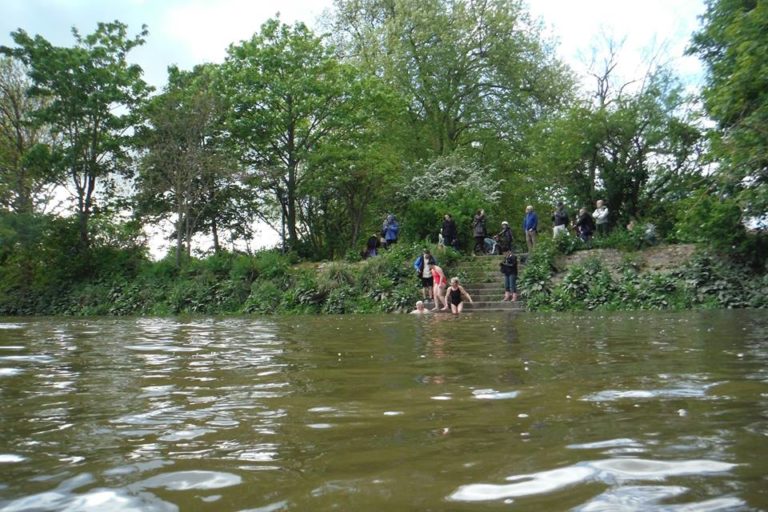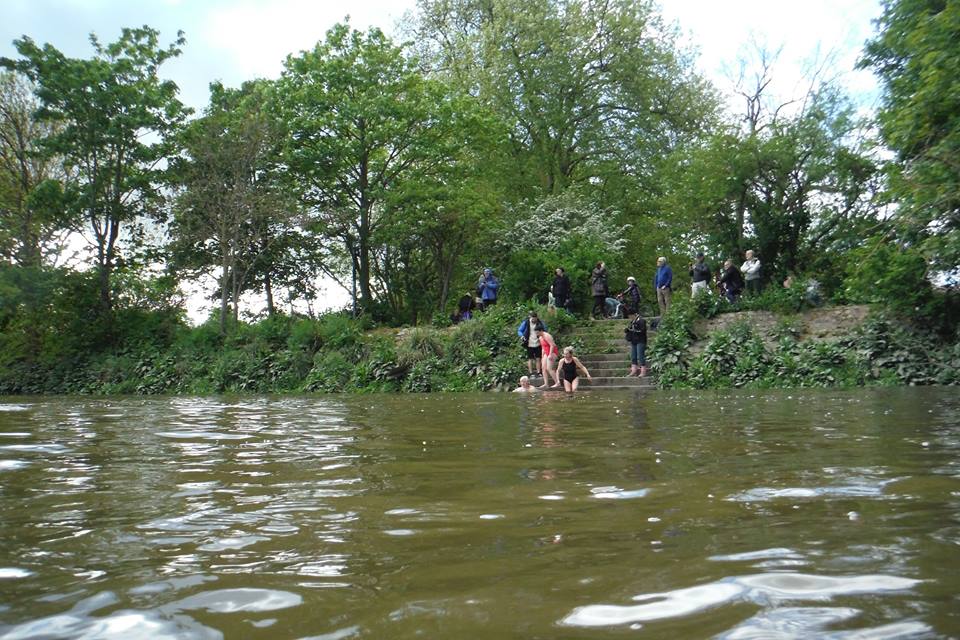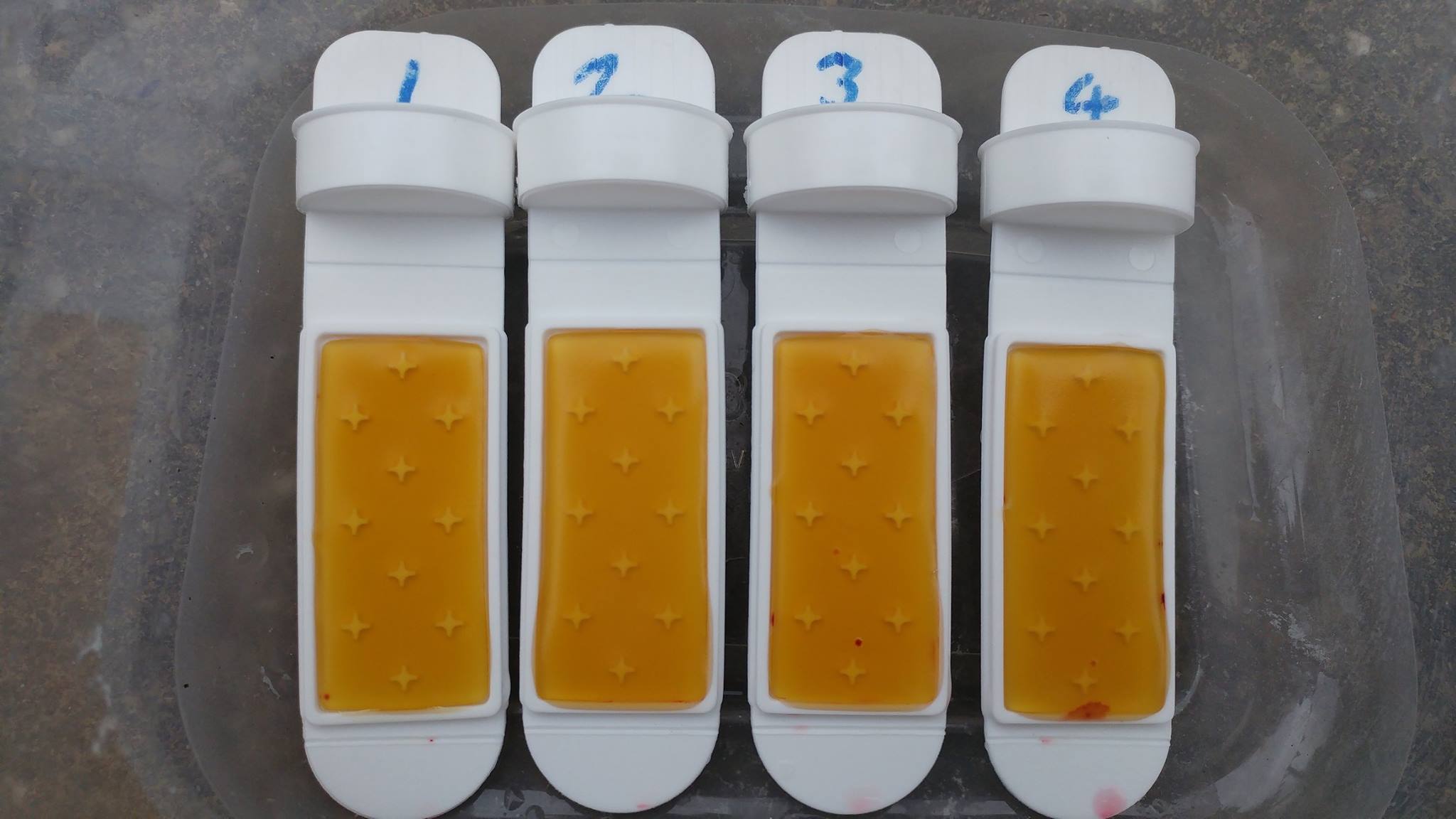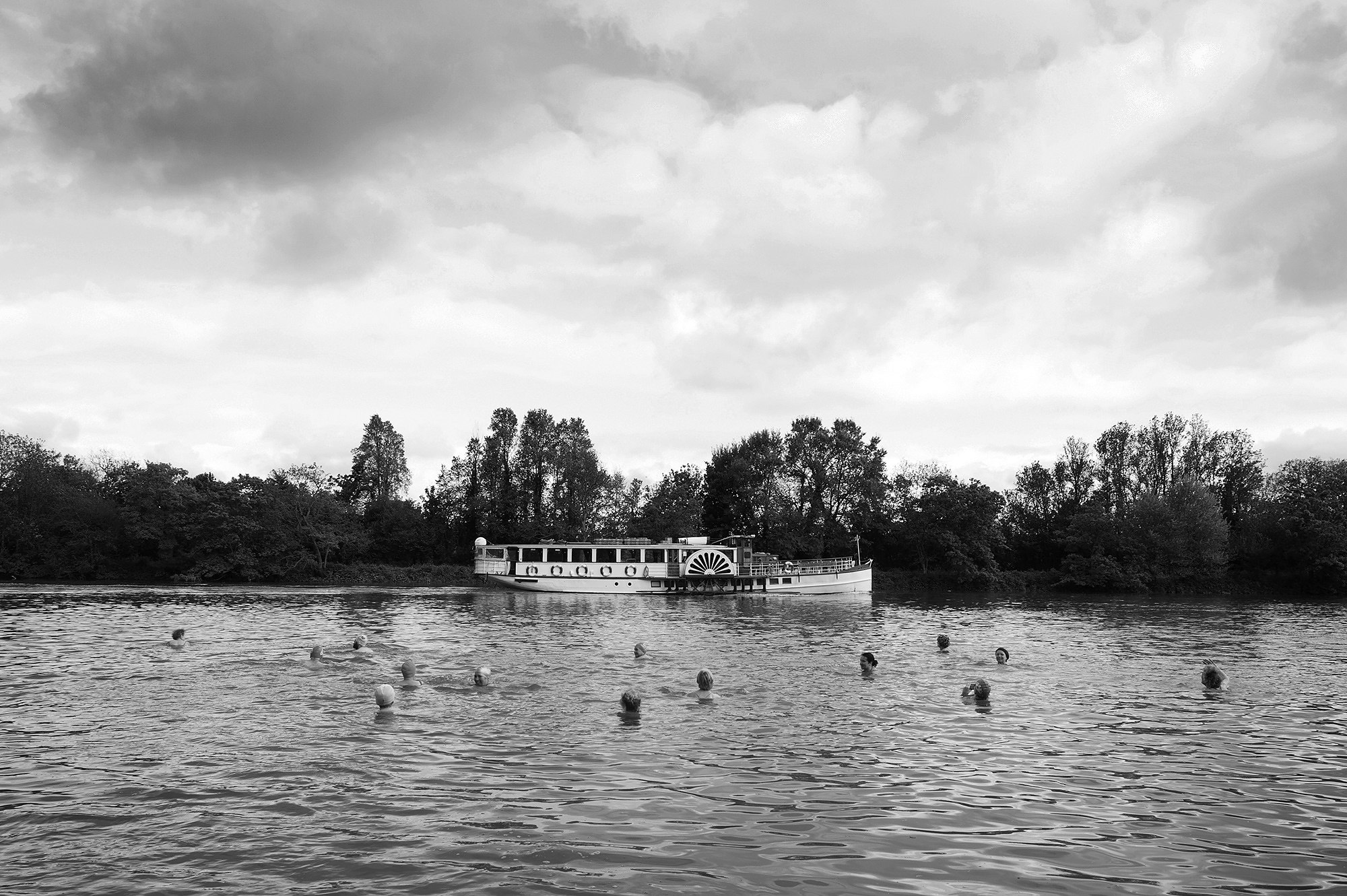
By London Waterkeeper Theo Thomas
The River Thames sometimes meets bathing water quality standards and sometimes it doesn’t. But we don’t know when.
London Waterkeeper’s latest project, A Thames Fit To Swim, sees a future where environmental information is made public and river users know when sewage bacteria levels are high. If this goal were to be accomplished, it would transform the connection Londoners have with the capital’s river and allow more people to enjoy it without fear of getting ill. Be it swimming, rowing, kayaking or going for a paddle on the foreshore, the community could embrace all the river has to offer. It would also greatly improve the mental and physical health of thousands of people. Beyond recreational and health benefits, a cleaner river would see fish and other wildlife flourish and be a boon to local economies.
On this past May Day Bank Holiday, swimmers from Kenwood Ladies’ Pond Association on Hampstead Heath took to the River Thames in front of the historic Marble Hill House, Twickenham, to evaluate the safety of the river for swimming. It was an hour before high tide and the river was calm.

London Waterkeeper ventured out to take water samples as well. The UK’s Bathing Water Regulations classify an inland water as ‘Excellent’ if it has less than 500 E. coli bacteria colonies per 100ml of water. These regulations also determine the standards for bathing water at beaches. E. coli is used as an indicator of sewage pollution because it is present in feces. The higher the number, the greater the concentration of E. coli, and the greater health risk it is to those who come in contact with it.
E.coli samples from London Waterkeeper

E. coli Results from May 1st, 2017
- Sample 1 had a count of 50 E. coli colonies per 100ml.
- Sample 2 had an E. coli count of 0 per 100ml.
- Sample 3 had a count of 75 E. coli colonies per 100ml.
- Sample 4 had a count of 300 E. coli colonies per 100ml.
Based on the results collected, the River Thames water quality was ‘Excellent’. The decision to swim was a considered one. Water quality test results from a few days earlier also met UK’s Bathing Water standards. About 4mm of rain fell over an extended period of time on Sunday and Monday, but Modgen Sewage Works did not overflow which was a good sign. More rain would have changed the character of the river considerably, as well as the decision to swim.
A Thames Fit To Swim paddle steamer Danny Burrows

Currently, there is no reliable information about sewage pollution and that needs to change. A Thames with designated swimming areas and up to date, publicly displayed pollution levels would allow thousands of people to get into the river knowing what the water quality was. They could make an informed choice and reduce the risk of coming into contact with sewage.
For more information about ‘A Thames Fit To Swim,’ see here.